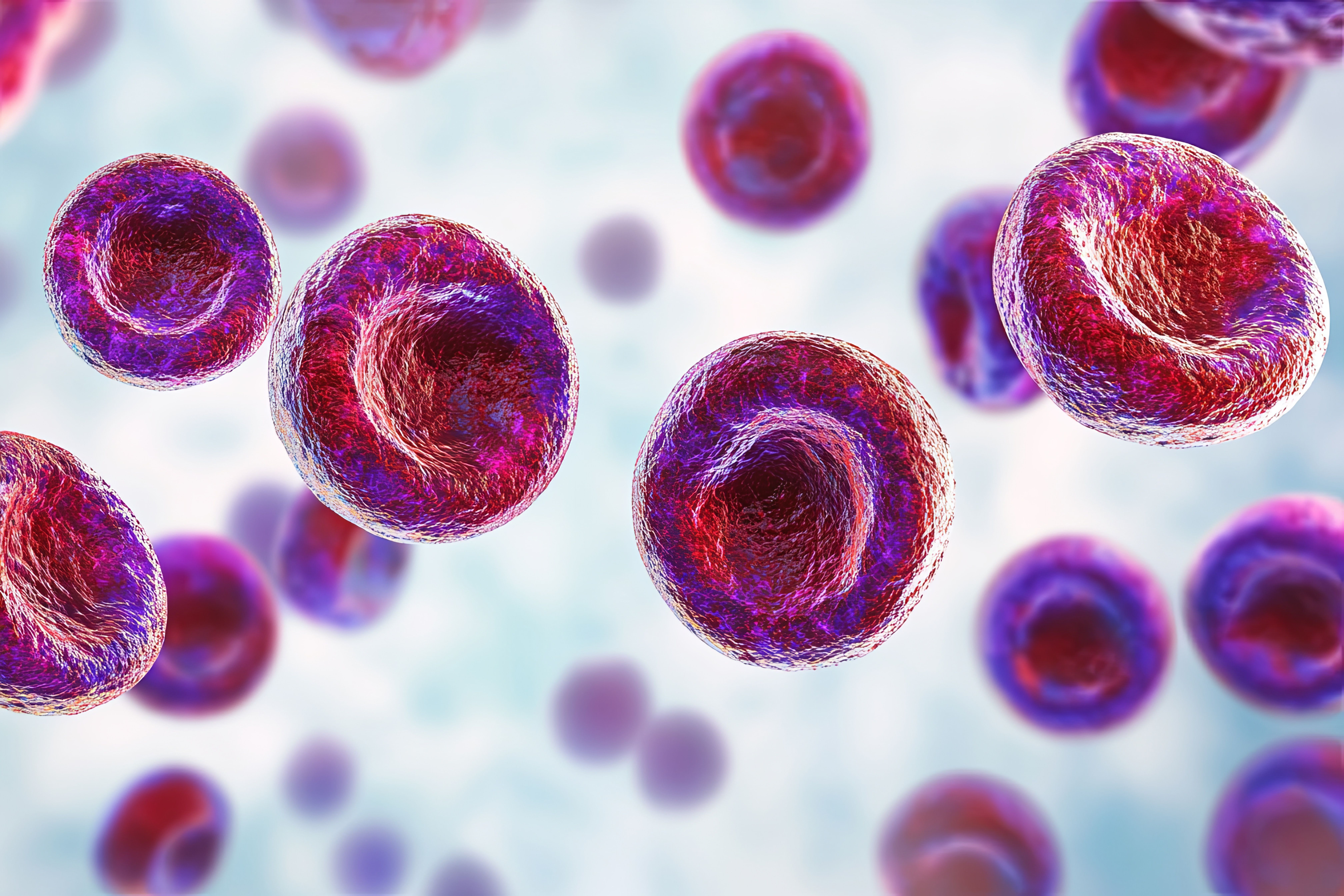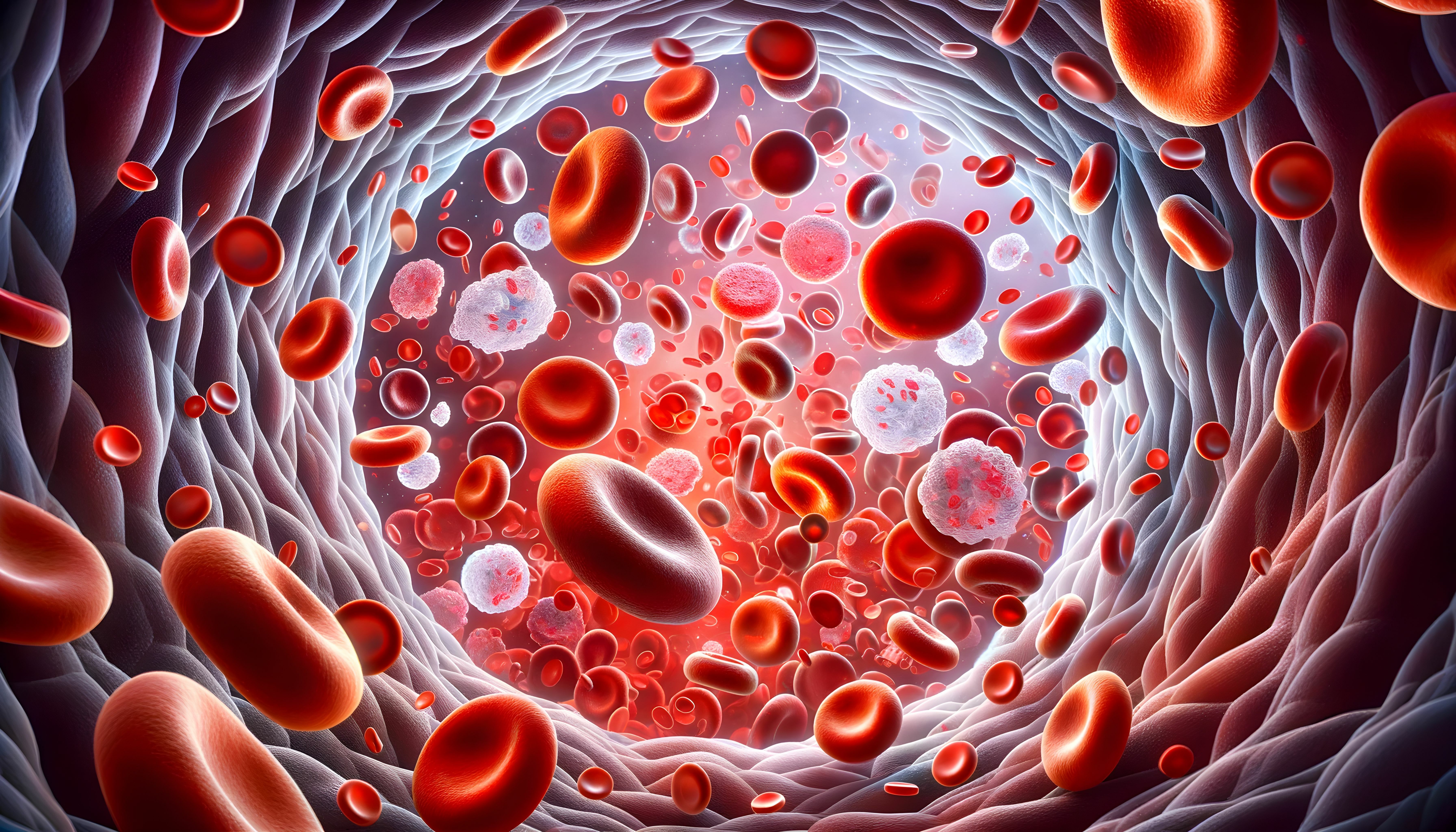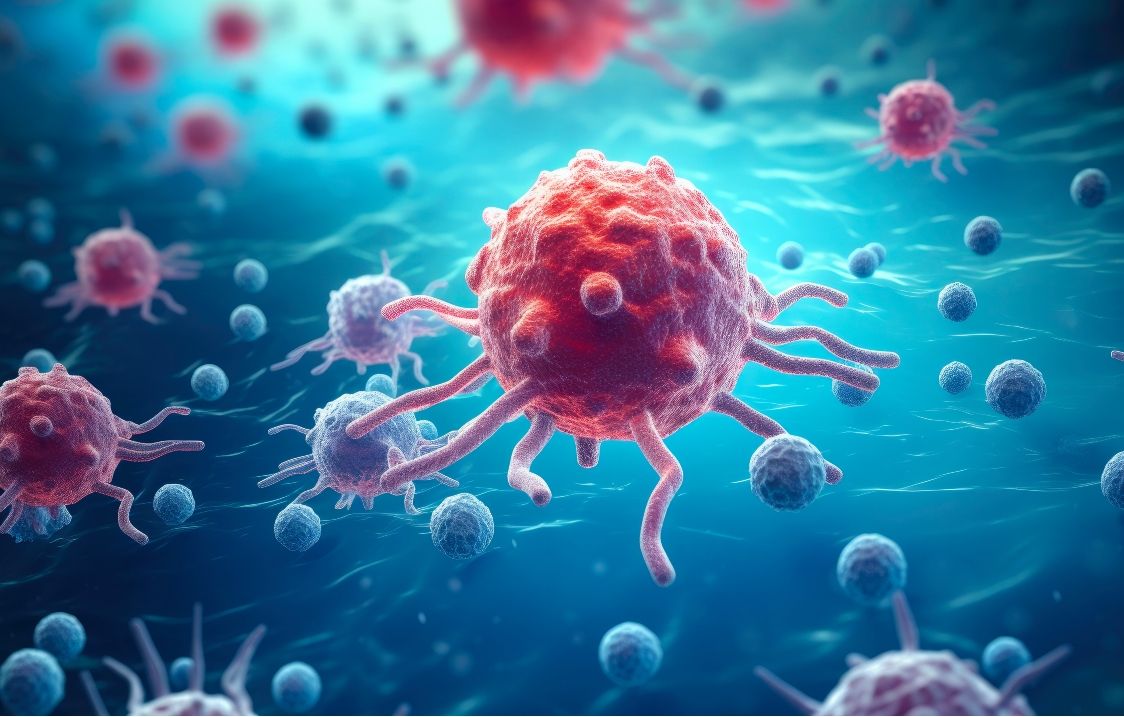Article
Many Options, Many Updates to NCCN Guidelines in Multiple Myeloma
Author(s):
Updates to the NCCN Guidelines in multiple myeloma reflect recent trial results, giving clinicians and patients many choices.
Although the combination of bortezomib, lenalidomide, and dexamethasone remains the foundation the standard initial therapy for patients newly diagnosed with multiple myeloma (MM), the options for what to do next—including the timing of a stem cell transplant—have proliferated, and that is reflected in updates to the National Comprehensive Cancer Network (NCCN) guidelines.
At last week’s NCCN Virtual Annual Conference, Shaji K. Kumar, MD, of the Mayo Clinic Cancer Center, who chairs the guidelines committee on multiple myeloma, took the audience through key trials that inform standard treatment as well as recent ones that contributed to waves 2021 updates. NCCN moved quickly in 2020 and 2021 to add blood cancer therapies to the guidelines as soon as they met FDA muster.
Just before the conference, NCCN added melphalan flufenamide, which received FDA approval in late February to be used with dexamethasone for patients with refractory MM. The therapy received a category 2A recommendation for patients who have had at least 4 prior lines of therapy and whose disease is refractory to at least 1 proteasome inhibitor, 1 immunomodulatory agent, and 1 CD38-directed monoclonal antibody.
Kumar discussed NCCN’s addition of the Category 1 recommendation for the combination of selinexor, bortezomib, and dexamethasone. He noted that selinexor, a selective inhibitor of nuclear export given weekly, was approved by FDA in December based on the phase 3 BOSTON trial for patients who had received at least 1 prior therapy. “The BOSTON trial showed there was a clear improvement in median PFS (progression-free survival),” Kumar said.
Other recent updates recommend combinations with selinexor as “useful in certain circumstances.” Results for selinexor with daratumumab and dexamethasone appeared in November in the eJHaem, published by the British Society of Hematology. Phase 2 results for the combination with pomalidomide in heavily pretreated patients were presented at ASH; the overall response rate was 60% with deep responses, and investigators called for a phase 3 trial.
Earlier in 2021, the combination of venetoclax with dexamethasone was recommended for certain patients with translation t(11;14).
Multiple myeloma is a field where the use of triple and even quadruple therapy has exploded, and patients who have become refractory on 4 or even 5 therapies may move on to another new class or combination. Many trials involving chimeric antigen receptor (CAR) T-cell therapy are being done in MM.
Kumar said there are certain are certain settings such as high-risk myeloma, “where quadruplet therapy may be more appropriate, given the fact these regimens are associated with a higher minimal residual disease negativity, a characteristic that often appears to improve the outcomes of high risk patient population.”
He reviewed evidence that suggests for some patients, waiting for the first relapse to perform the stem cell transplant does not compromise overall survival, and can offer patients more time to make this choice.
“Now all these data from the different phase 3 trials are incorporated and have contributed to the decision-making process in terms of the guidelines,” Kumar said.
Although bortezomib/lenalidomide/dexamethasone “remains a Category 1 preferred regimen for primary therapy of transplant candidates, we have also incorporated other regimens, including carfilzomib/lenalidomide/dexamethasone as well as the quadruplets regimens,” he said.
Besides offering options for special circumstances, the guidelines now emphasize the importance of maintenance therapy, Kumar said. "Lenalidomide is a Category 1 preferred regimen for maintenance therapy in patients with newly diagnosed myeloma. Post-transplant and in patients with high risk myeloma, the general approach has been to use the combination of bortezomib and lenalidomide.”
Kumar also reviewed guidelines for managing bone lesions, cardiac and dental care, and fatigue.





